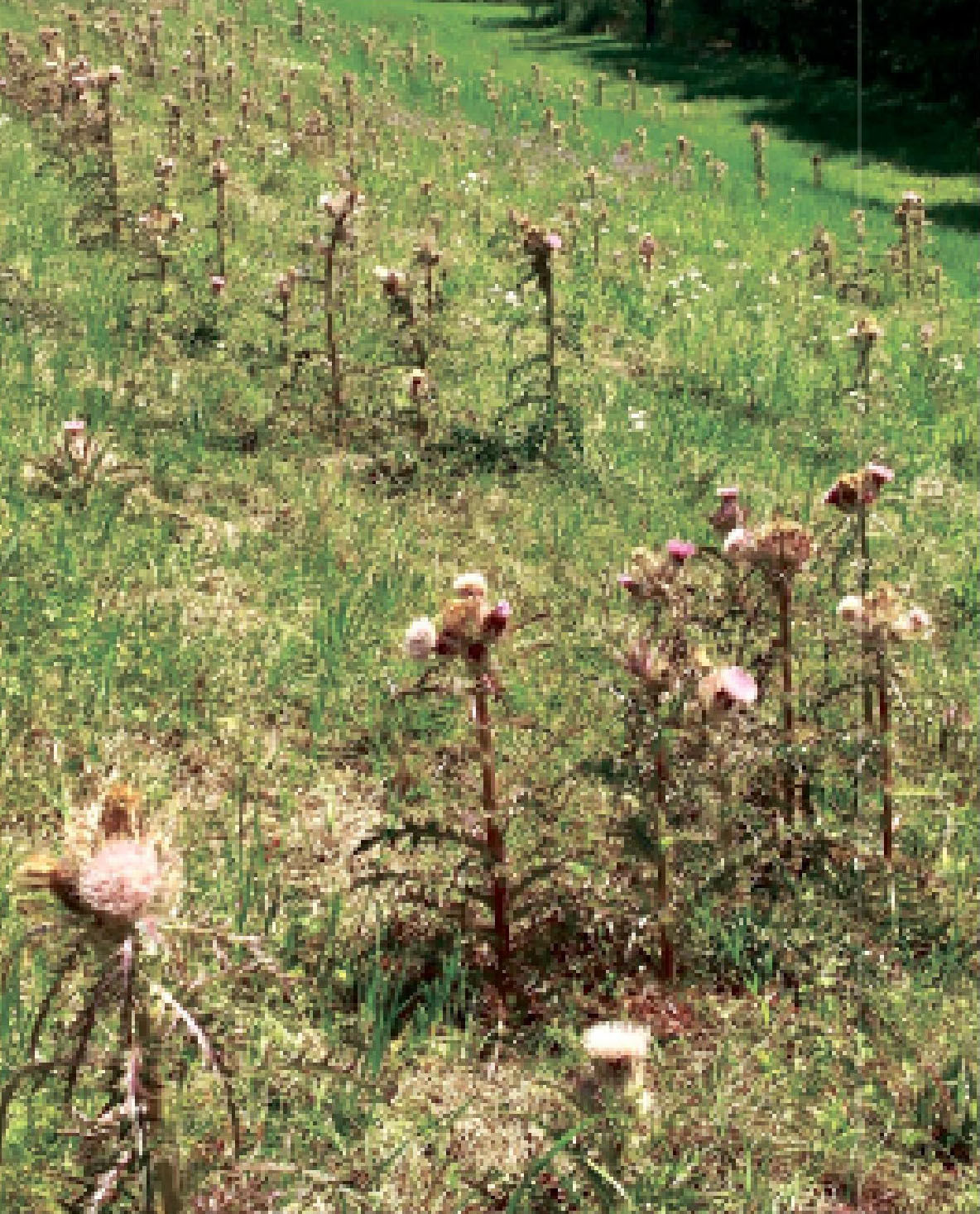
Stanley Robinson
April 18, 2019
Armond Triche Sr.
April 18, 2019Spring is peak pollination season, causing a headache for allergy sufferers — literally. Airborne pollen particles are tiny irritants to the respiratory system, eyes and skin that can cause allergic reactions leading to runny noses, sneezing, irritated eyes and sinus pressure.
Spring pollination typically begins hi early March and lasts the entire month of April and into May. The main culprits right now are annual winter grasses, weeds and oaks— especially live oaks.
If it weren’t for the allergic reaction, caused by wind-pollinated plants, one would hardly notice them for their flowers. Wind-pollinated flowers tend to appear as clusters or tassels — often referred to as catkins — rather than typical flowers.
The reason for the inconspicuous flowers is that wind-pollinated plants do not need showy, attractive blooms to lure pollinators such as bees butterflies, hummingbirds, beetles, bats and other insects. They rely on the wind to carry their lightweight pollen grains to their final destination.
True weather directly affects how bad and how long the allergy season will be.
Mild winters, like the one we experienced this year, allow trees to begin pollinating earlier, lengthening the season A late freeze can delay pollination and shorten the allergy season hi spring. Dry. windy weather helps spread pollen efficiently. Rain knocks down tiny airborne pollen grains released from trees while also encouraging growth of grasses and additional flowers and pollen. Cool, cloudy days or after a light rain are a home gardener’s best bet for working in the garden this time of year.
Pollen is present year-round because this is now plants reproduce. Some seasons are worse than other, such a.s springtime, when deciduous trees — trees that drop their leaves in fall — come out of winter dormancy. They begin to release pollen as early as January and can continue until May. depending on the weather and location. Elms and maples also begin releasing pollen early, followed by poplars, hickory, birch, oaks, cypress and pines.
To further exacerbate the issue, each type of tree has different species that pollinate at slightly different to ensure their survival and reproduction Although it is typically pollinated by bees and other insects, waxleaf ligustrums — also known as waxleaf privet — can be a real problem in springtime for many people because of its profuse white flowers and pollen.
Winter weeds also are blooming profusely right now to en-aura their return in late fall to early winter. These weeds in elude annual ryegrass, timothy grass and blue grass. Additionally, spring wildflowers and weeds such as butterweed, hairy buttercup, fleabane and thistles are in full bloom and can cover entire fields and roadsides for miles in Louisiana in the spring.
Grasses and weed are main sources of pollen hi summer-time, which also is the height of mowing season across the state. Weekly mowing helps keep grass from setting seed, thereby controlling pollen.
In my opinion mil weeds are the worst because they do a real number on my allergies. Just the mention of ragweed and golden-rod makes my head hurt and my eyes water! They “both bloom in the fall along roadsides and in ditches and large fields.
Ragweed is the real offender when it cornea to allergies, as it is the only one of the two plants that is wind-pollinated. Goldenrods’ gorgeous yellow flowers rely on pollinator friends for pollen dispersion, but because of its simultaneous growth with ragweed, it is often associated with and blamed for the problems ragweed create s for allergy sufferers. Other common fall weeds are nettle, mugwort and sorrel.
There is not much we can do about the oaks,, pines and other trees this time of year, but we can help control pollen from Annual winter grasses and weeds by eliminating them from our home lawns with regular mowing and herbicides.
And if there is a reason to lo ok forward to summer — other than longer days, summer vacations and school break —it is a slight relief from pollen and allergies caused by plants.







